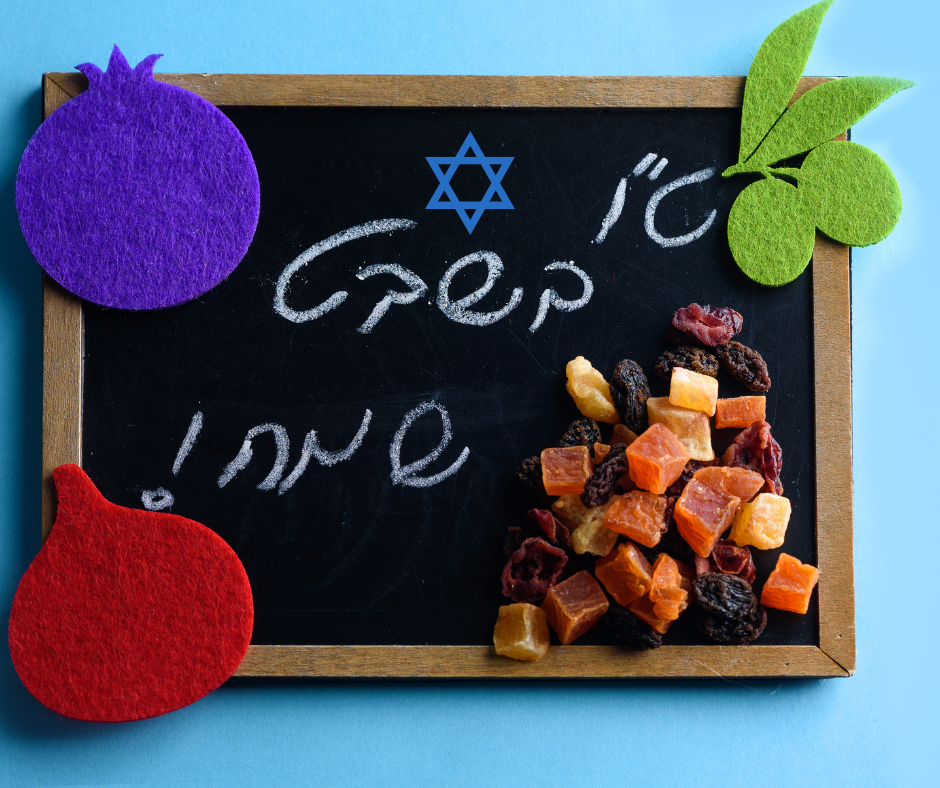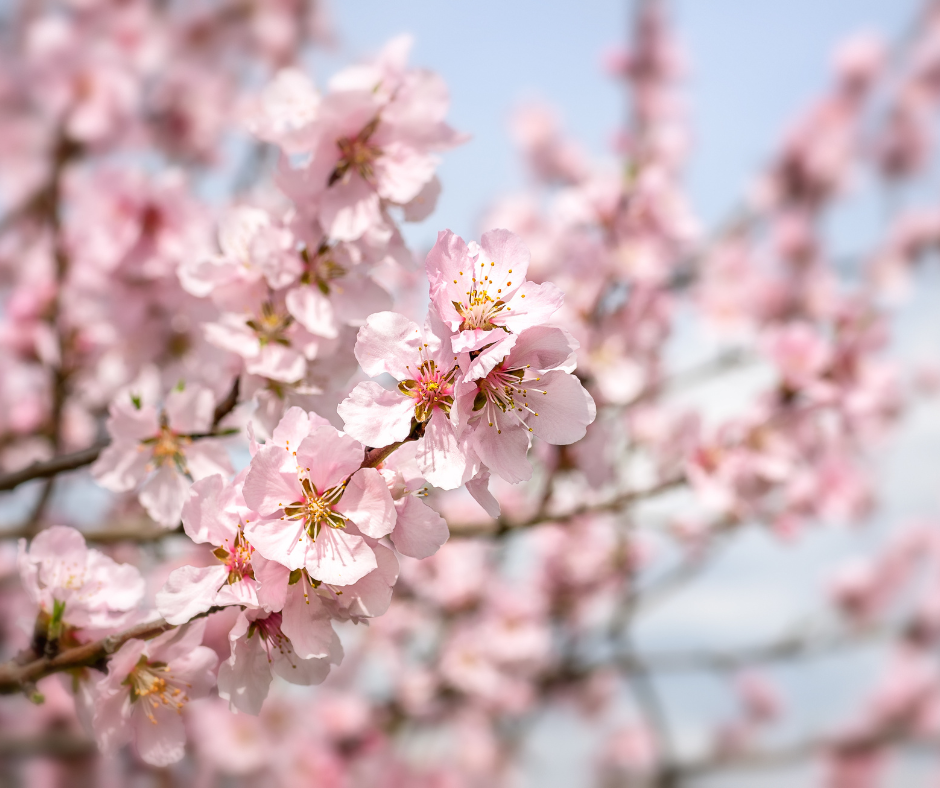Tu Bishvat (also spelled Tu B’Shevat ט”ו בשבט) is a Jewish holiday often referred to as the “New Year for Trees.” It falls on the 15th day of the Hebrew month of Shevat (typically in January or February) and has both historical and contemporary significance.

Tu Bishvat Meaning -Historical and Traditional
- Biblical Origins: In ancient times, Tu Bishvat marked the start of the agricultural cycle in the Land of Israel. It was a time to calculate the age of trees for tithing purposes as described in the Torah.
- Rabbinic Tradition: The holiday is rooted in the Mishnah (Rosh Hashanah 1:1), which designates it as one of the four “New Years” in the Jewish calendar.

Modern Observance

- Environmental Focus: Today, Tu Bishvat is often celebrated as a Jewish environmental awareness day. Many Jews plant trees, discuss ecology, and focus on sustainability.
- Seder Celebration: Inspired by the Kabbalists of the 16th century, some communities hold a Tu Bishvat Seder, featuring symbolic foods like fruits and nuts, with special blessings and readings. This meal often includes four cups of wine, transitioning from white to red to symbolize the changing seasons.
- Connection to Israel: Many people plant trees in Israel or donate to organizations that do so, reinforcing the bond between the Jewish people and the land of Israel.
Traditional Foods
- Seven Species: It’s customary to eat fruits associated with the Land of Israel, such as figs, dates, pomegranates, olives, grapes, wheat, and barley. Dried fruits and nuts are also popular.

How Tu B’Shevat Is Celebrated Today
- Environmental Education: Many schools, synagogues, and community groups host educational programs about ecology, sustainability, and tree planting.
- Tu B’Shevat Seders: Modeled after the Passover Seder, these gatherings incorporate symbolic foods, wine (or grape juice), and readings to honor the holiday’s themes of renewal and growth.
- Community Events: Activities often include hikes, clean-up drives, and outdoor celebrations.
- Supporting Reforestation: Many people donate to organizations like the Jewish National Fund (JNF) to plant trees in Israel, combating desertification and promoting reforestation.
